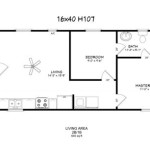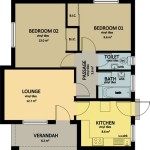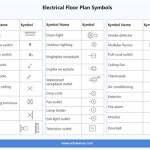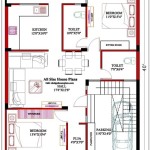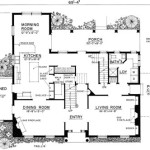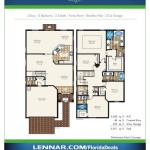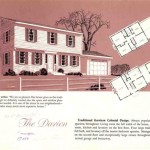Open House Plan Designs: Creating Spacious and Flowing Homes
Introduction:
In today's modern world, open house plan designs have gained immense popularity for their ability to create bright, airy, and spacious living environments. By eliminating traditional walls and partitions, these designs promote a sense of openness and fluidity, allowing for seamless transitions between different functional areas of the home. In this comprehensive guide, we will delve into the captivating world of open house plan designs, exploring their benefits, key features, and essential considerations for creating a harmonious and inviting living space.Benefits of Open House Plan Designs:
1.Enhanced Spatial Flow:
Open house plans promote a harmonious flow of movement between spaces, making it easy to navigate and interact with different areas of the home. This interconnectedness fosters a sense of unity and togetherness among family members. 2.Improved Natural Light:
By eliminating visual barriers, open house plans allow natural light to penetrate deep into the home, creating a brighter and more cheerful ambiance. This not only saves on energy costs but also enhances the overall well-being of the occupants. 3.Versatile Space Utilization:
Open house plans offer a flexible layout that can adapt to changing needs and preferences. The seamless integration of spaces allows for a variety of furniture arrangements and functional setups, making it easy to accommodate new additions or lifestyle changes. 4.Enhanced Communication:
Open house designs encourage interaction and communication among family members. The interconnectedness of the spaces facilitates casual conversations, enhances family bonding, and creates a sense of shared living experiences.Key Features of Open House Plan Designs:
1.Minimal Partitions:
Open house plans are characterized by a minimal use of partitions or walls, creating a visually unified and expansive space. This promotes a sense of openness and airiness, blurring the boundaries between different functional areas. 2.Emphasis on Natural Light:
Open house designs prioritize the incorporation of natural light. Large windows, sliding glass doors, and skylights are strategically placed to maximize daylight penetration, creating a bright and welcoming atmosphere. 3.Multifunctional Spaces:
Open house plans often feature multifunctional spaces that serve multiple purposes. For example, a living room may seamlessly transition into a dining area, or a kitchen may include a breakfast nook. This efficient use of space optimizes the functionality and livability of the home. 4.Visual Continuity:
Open house designs strive to maintain visual continuity throughout the home. This can be achieved through the use of similar color palettes, flooring materials, and design elements that create a cohesive and harmonious look.Considerations for Creating a Harmonious Open House Plan:
1.Define Functional Areas:
While open house plans offer a sense of openness, it's important to define functional areas to maintain a sense of order and purpose. This can be achieved through the use of furniture, rugs, and strategic lighting to visually separate different spaces. 2.Balance Privacy and Openness:
Open house designs should strike a balance between openness and privacy. Private areas, such as bedrooms and bathrooms, should be thoughtfully positioned to ensure privacy while still maintaining a connection to the rest of the home. 3.Consider Traffic Flow:
When designing an open house plan, it's crucial to consider the flow of traffic and how people will move through the space. Ensure that there are clear pathways for movement and that furniture placement doesn't obstruct the natural flow. 4.Create Visual Interest:
To prevent monotony in an open house plan, it's important to incorporate visual interest through the use of different textures, colors, and design elements. This can create focal points and add depth to the space. 5.Maximize Storage Space:
Open house plans can sometimes lack dedicated storage spaces. It's essential to plan for adequate storage solutions, such as built-in cabinets, shelves, and hidden storage compartments, to maintain a clutter-free and organized environment.Conclusion:
Open house plan designs offer a plethora of benefits, creating homes that are spacious, bright, and conducive to modern living. By understanding the key features and considerations for designing an open house plan, homeowners can create a harmonious and inviting living space that promotes connectivity, functionality, and overall well-being. Whether you're building a new home or renovating an existing one, embrace the concept of open house plans to experience the transformative power of seamless and interconnected living spaces.
House Design Trends What S Popular In Cur Floor Plans Extra Space Storage

Classic House Plans Open Floor Concept

Free Editable Open Floor Plans Edrawmax

Why Open Concept Floor Plans Because They Work

Free Editable Open Floor Plans Edrawmax

Modern Open Floor House Plans Blog Eplans Com

Discover The Spacious Appeal Of Open Concept Floor Plans Houseplans Blog Com

9 Best Open Floor Plans For Ranch Style Homes Deepnot Log Home House
Must Have One Story Open Floor Plans Blog Eplans Com

The Open Floor Plan For Your Home Beautiful Homes

